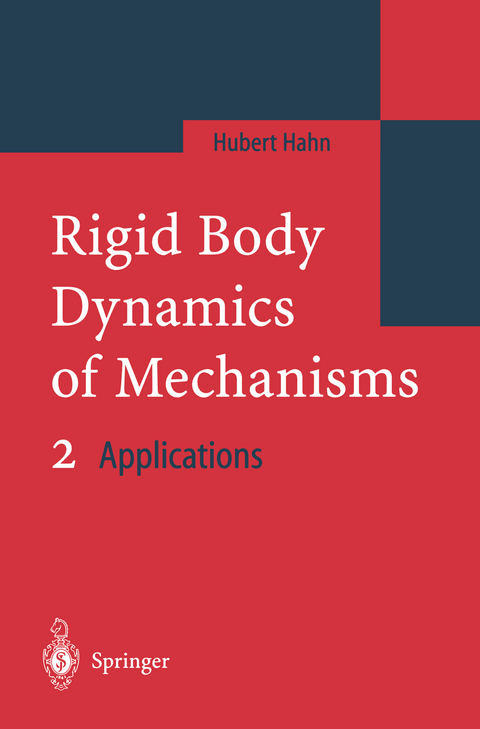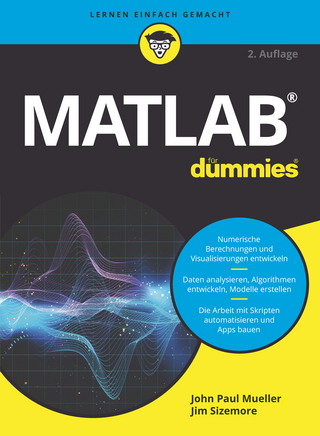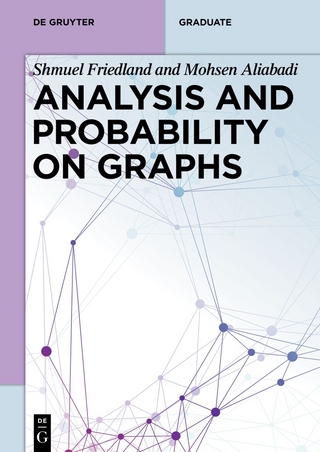
Rigid Body Dynamics of Mechanisms 2
Springer Berlin (Verlag)
978-3-642-05695-6 (ISBN)
1. Introduction.- 2. Model equations in symbolic DAE and DE form.- 3. Planar models of an unconstrained rigid body.- 4. Planar models of a rigid body under absolute constraints.- 5. Planar models of two rigid bodies under constrained motion.- 6. Spatial models of an unconstrained rigid body.- 7. Spatial models of a rigid body under constrained motion.- 8. Spatial mechanisms with several rigid bodies.- A. Appendix.- A.1 Alternative representation of the spring and damper forces of Section 3.2.- A.2 Auxiliary computations and results associated with the mechanism of Section 8.3.- A.2.1 Explicit form of the constraint equations of the massless links.- A.2.2 Coefficients of the kinematics of the electrical drives.- A.2.3 Computation of the transformation matrix of the forces of the electrical drives.- A.3 Auxiliary computations associated with the example of Section 8.4.- A.3.2 Auxiliary computations used in Section 8.4.9.- References.- List of Figures.
From the reviews:
"The second volume, subtitled Applications, begins with a chapter summarizing the methodology for deriving the governing DAEs for a general mechanical system and mapping these into DEs. ... The book has a number of nice features. ... Multiple and comprehensive illustrations are provided throughout the manuscript, ranging from very simple diagrams to illustrate the basic concepts (such as a moment vector) to photographs and engineering drawings of complex machinery ... . the manuscript makes for a desirable reference work in any mechanician's library." (Inna Sharf, Mathematical Reviews, 2005 e)
| Erscheint lt. Verlag | 30.11.2010 |
|---|---|
| Zusatzinfo | XVII, 665 p. |
| Verlagsort | Berlin |
| Sprache | englisch |
| Maße | 155 x 235 mm |
| Gewicht | 1014 g |
| Themenwelt | Mathematik / Informatik ► Mathematik ► Wahrscheinlichkeit / Kombinatorik |
| Naturwissenschaften ► Physik / Astronomie ► Mechanik | |
| Technik ► Maschinenbau | |
| Schlagworte | Joint • Kinematics • Mechatronics • Model • Modeling • Multibody • Planar • rigid body • robot • Robotics • Spatial • Transformation |
| ISBN-10 | 3-642-05695-4 / 3642056954 |
| ISBN-13 | 978-3-642-05695-6 / 9783642056956 |
| Zustand | Neuware |
| Informationen gemäß Produktsicherheitsverordnung (GPSR) | |
| Haben Sie eine Frage zum Produkt? |
aus dem Bereich


